Top 5 UNESCO World Heritage Sites in Italy
Italy, where some of the oldest civilizations in the world once settled, offers a huge number of UNESCO World Heritage sites for their visitors and locals to explore. Here are the top five World Heritage Sites in this magnificent European country.
Piazza del Duomo
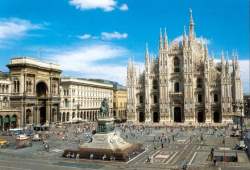
Named as a World Heritage Site in 1987, the Piazza del Duomo, or the Piazza del Miracoli (Square of Miracles), is one of the finestexamples of medieval art and architecture in Europe. The Catholic Church considers this World Heritage Site as an important area, as it contains four sacred landmarks, the Leaning Tower of Pisa, the Pisa Baptistry, the Pisa Cathedral, and the Camposanto Monumentale.
Other important buildings in the complex including the Museo delle Sinopie, the Ospedale Nuovo di Santo Spirito, and the Museo dell’Opera del Duomo.
Assisi and Franciscan Sites
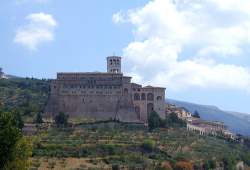
The birthplace of the founder of the Franciscan Order, Assisi is located in the Perugia province in the region of Umbria. Aside from its most notable son, St. Francis of Assisi, there were also two other Catholic saints born in the town, including St. Clare (foundress of the Order of Poor Clares) and St. Gabriel of Our Lady of Sorrows.
The town was named as a UNESCO World Heritage Site in 2000, because of the huge number of Franciscan sites, which includes the Basilica of San Francesco d’Assisi (which features the frescoes of renowned medieval artists Giotto and Cimabue), the church of Santa Maria Maggiore, the church of Santo Stefano, and the Chiesa Nuova, which was the site of St. Francis’ parental home.
Villa d’Este
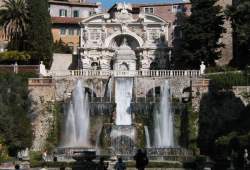
Located in Tivoli, the Villa d’Este was named a UNESCO World Heritage Site in 2001. Built by a Borgia scion, Cardinal Ippolito Il d’Este, this Italian villa and its garden are magnificent examples of Renaissance architecture and paintings from the renowned artist, Livio Agresti of Forli.
Aside from the breathtaking architecture of the villa itself, Villa d’Este is also famous for its gardens—the innovative landscape design and revival of Roman hydraulic engineering has made the Villa d’Este gardens an important influence in the landscape architecture of the continent.
The Etruscan Necropolises in Tarquinia and Cerveteri
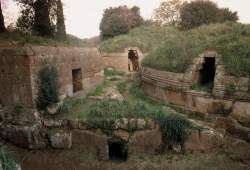
The Etruscan civilization, an ancient settler of Italy, was a very important influence on the succeeding Roman Empire, who wasted no time making their own mark in the Italian and European landscapes. The cities of Tarquinia and Cerveteri are important locations of scholars and enthusiasts of the Etruscan civilization, because of the presence of Etruscan necropolises in these areas.
Named as UNESCO World Heritage Site in 2004, these two cities include sights such as the Tomb of the Bulls, Tomb of the Leopards, the Necropolis of Monterozzi, the Tomb of the Augurs, and the Necropolis of the Banditaccia.
The Medici Villas and Gardens
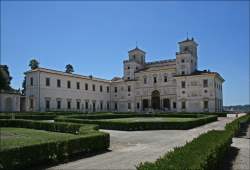
Located in Tuscany, the Medici villas were once the places of residence of the powerful family of the same name. From the 15th and 17th centuries, these palatial country mansions symbolized the power and wealth of the members of the Medici family.
The villas were declared as a UNESCO World Heritage Site in 2013, for their architectural features and the fine specimens of Renaissance art within the villas’ walls.
















